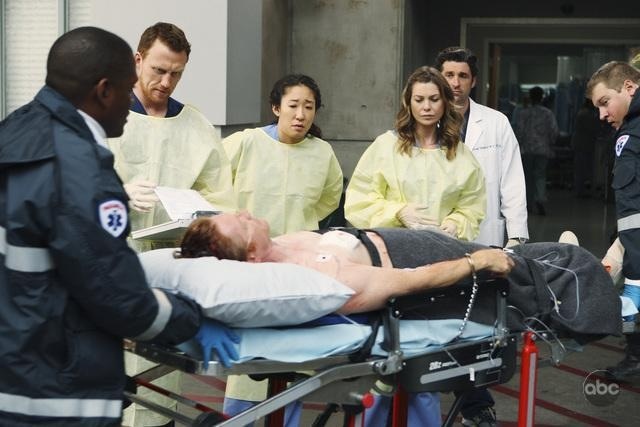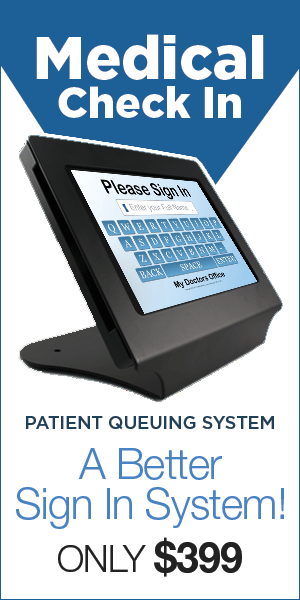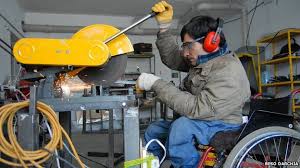Patients who have a health-related crisis are frequently taken to the medical clinic’s crisis offices in an emergency vehicle, particularly in situations where the individual is oblivious like injury, heart failure, strokes, and different circumstances. During these crises, there’s no time to waste, and speedy preparation of the patient from the rescue vehicle to the working room, and the ICU becomes basic.
Crisis streetcars assume a critical part intolerant portability. Their ideal plan includes supporting patient consideration experiencing significant change and limiting the time expected to move from the ED to the working room or to the recuperation ward. Consequently, they come outfitted with an assortment of highlights essential for their use, like IV stands, Oxygen chamber holders, turning side rails, customizable levels, backrest, and so forth.
The crisis office is generally quick to get patients in basic circumstances and frequently should give the underlying treatment that can mean the distinction between life and demise. In less extreme circumstances from mishaps that result in substantial injury that isn’t dangerous, they would in any case need to perform a methodology that diminishes the seriousness of the injury over the long haul or reassure the patient. Crisis streetcar configuration ought to permit the crisis responders to take care of the patients easily as far as possible from when they are moved from the emergency vehicle to the ICU or the ward.
Existing crisis recuperation streetcars accompany a scope of profoundly down to earth elements and make guardians’ positions more straightforward while wiping out sat around in moving the patient.
A portion of the standard highlights incorporates mobile gatekeeper rails and secure cot situating that prevents the patients from slipping, having their appendages gotten at turns, or falling over when they are being hurried through the hallways or the lift. Wellbeing guards are added to the edges or sides that are probably going to catch dividers so they can ingest the shock of effect or impacts.
Arrangements for various clinical frills like oxygen chambers, IV bars, longwise moving for X-Ray Cassettes, and other fundamental gear. At long last, the underlying model of the streetcars ought to be solid and lightweight, so the staff can move them around without any problem.
The castors must be tough and proposition great footing with key position freedom. While most economically accessible models perform sufficiently, after looking into it further, one can undoubtedly detect inadequacies in plan that can be improved to accomplish critical execution upgrades that make it simpler for the guardians.
Context oriented examination and bits of knowledge into existing models
A field visit of four medical clinics that consisted of shadowing and meeting the staff and medical care labourers for a really long time uncovered areas of upgrades in existing streetcar models accessible on the lookout. Alongside direct data from the medical services labourers, the patient development and use of the streetcars were likewise followed to gather understanding. Most crisis offices had 4-5 crisis recuperation streetcars that could be moved shut to the patient screens. The flexibility of the crisis and recuperation streetcar made it the favoured patient versatility framework for four principle application regions:
Finding: Diagnosis of patients at the crisis divisions was done on the streetcars as it empowered the responders to have them on a steady stage that could be immediately moved.
Emergency treatment: The powerfully worked streetcars make it simple to direct medical aid to the patients before confirmation.
Patient recuperation: Patients recuperating from wounds and injury can proceed with their visit in the ward on the streetcars, really IV bars and customizable backrest.
Patient exchange: Medical emergency trolley incorporated into the streetcar empowers the speedy exchange of patients.










